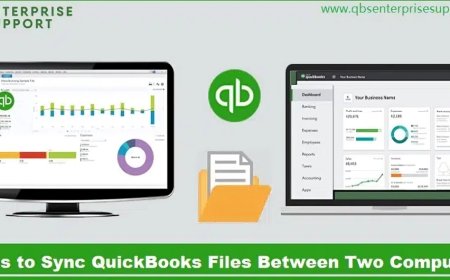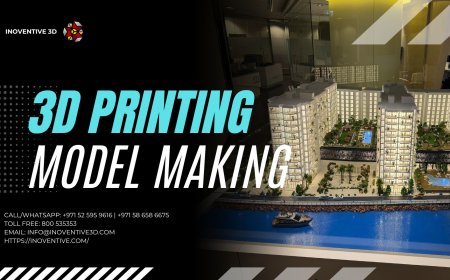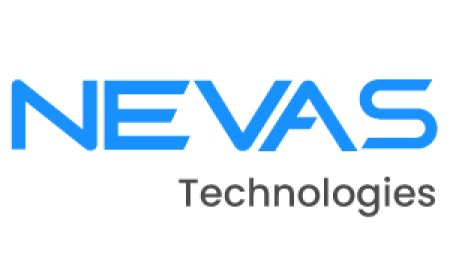Smart Strategies for RFID Inventory Management Implementation

If you've ever spent hours tracking down missing inventory, second-guessing stock numbers, or dealing with delayed shipments, you know how frustrating inventory management can be. It eats into time, creates stress, and adds cost, primarily when relying on outdated processes or systems that can't keep up.
Using RFID for inventory management helps you stay in control. It gives you accurate, real-time visibility without constant manual input. But rolling it out successfully takes more than just buying hardware. You need a strategy that fits your environment, workflows, and goals. Well walk through proven steps to implement RFID correctlyso your team gets results, not just another system to manage.
Understand the Problem Youre Solving
The biggest mistake businesses make is jumping into RFID without a clear objective. Its not about the technologyits about what the technology enables. Start by identifying specific problems in your current inventory system. Are manual counts slowing you down? Are you losing equipment? Are stock levels often inaccurate?
Once your inventory pain points are mapped, align them with measurable outcomes. For example, if stockouts are common, your goal might be to increase inventory accuracy by 95% within six months. If you're losing reusable containers, use RFID asset tracking to reduce loss rates by 50%. This step ensures your RFID project isnt just about installing devicesits about solving the correct problems with purpose.
Evaluate Your Environment and Workflow
Every facility has unique physical and operational challenges that affect RFID performance. Thats why an on-site evaluation is essential before making any technology decisions. Walk through your facility and document:
- The path inventory takes from receiving to storage to dispatch
- Where bottlenecks, delays, or blind spots happen
- Environmental elements like metal shelving, liquid containers, or temperature extremes that may interfere with RFID signals
Understanding the layout helps determine where to place fixed readers, how to configure choke points, and what RFID tags will perform reliably in your setting. This step also reveals if you need vehicle-mounted RFID computers, handheld scanners, or mobile rugged tablets to support your teams movement across the floor.
Choose RFID Tags Based on Use Case
Not all tags are created equal. The type of RFID tag you choose depends on your application, not your budget. Heres what to consider:
- Passive RFID tags are affordable and require external readers. Theyre great for general inventory like cartons or pallets.
- Active RFID tags have built-in batteries and can transmit over longer ranges. Theyre ideal for tracking high-value assets or vehicles.
- Tag durability matters too. Tags used on metal surfaces, cold storage, or outdoors must be rugged and temperature-resistant.
Select tag shapes and adhesive materials that match your products surfaces and handling conditions. The correct tag ensures better reads, fewer failures, and lower replacement costs.
Select Hardware That Matches Your Operations
RFID hardware isnt just about readers. It includes:
- Fixed readers installed at doorways or dock doors to track item movement
- Handheld RFID scanners for manual audits or mobile workforces
- Vehicle-mounted computers for warehouses with forklifts or moving inventory
- Industrial mobile devices and tablets for rugged, on-the-floor access
Avoid buying more devices than you need. Instead, choose equipment that supports your workflow. For instance, if your staff regularly moves between warehouse zones, mobile or wearable scanners may offer more flexibility than fixed infrastructure.
Also, ensure your thermal printers, labels, and ribbons are compatible with your chosen tags. Low-quality print supplies can result in smudging, peeling, or unreadable tags, which defeats the purpose of RFID tracking altogether.
Ensure Clean System Integration
The power of RFID inventory management lies in automation. To unlock that, your RFID system must integrate seamlessly with your existing platforms, such as your ERP, WMS, or inventory control system. Without integration, youre stuck manually importing data, which creates delays and errors.
Plan early with your IT team or integration partner to build the right APIs or data bridges. Confirm that your software can handle real-time updates and large volumes of scan data. If youre using cloud-based asset tracking platforms, ensure security protocols are in place to protect sensitive inventory data across endpoints.
Run a Pilot Program
No RFID system should go live without testing. A limited pilot lets you validate performance, adjust settings, and identify issues early. Choose a single facility, product line, or workflow to pilot your system. Monitor:
- Read accuracy and coverage
- Integration response time
- Tag durability during everyday use
- User comfort with handhelds or dashboards
Use the pilot to document results, create SOPs, and train staff before scaling to full deployment. Pilots reduce risk and help prove value to leadership faster.
Train Your Team, Not Just Your Tech
One of the most overlooked parts of RFID implementation is people. Your RFID solution will change how teams interact with inventoryfrom receiving shipments to processing returns. Training is critical.
Ensure every role understands how to use scanners, place tags correctly, monitor reader signals, and interpret reports. Build a quick-reference guide, offer hands-on practice, and assign an RFID champion to support change adoption in each department. When your team is confident, the system runs smoother, and problems are spotted sooner.
Build for Maintenance and Scale
An RFID system is not set-and-forget-it. Devices break, tags wear out, and workflows change. Plan for ongoing maintenance, tag replenishment, software updates, and performance audits.
Schedule monthly or quarterly reviews to check tag readability, update firmware, and inspect physical installations. Use your inventory data to identify trends, anomalies, or gaps that signal issues. Also, think ahead. If you plan to expand into new locations or product lines, make sure your RFID system is scalable in terms of hardware and software.
Conclusion: The Right RFID Strategy Pays Off
A successful RFID inventory management system is more than tags and readers. Its a complete shift in managing stock, reducing waste, and operating your business. But that value doesnt come from hardware aloneit comes from clear planning, solid training, and integration into your workflows.
Start small. Test what works. Train your people. And most importantly, build a system that grows with you. Ready to make an RFID system tailored to your operations? Talk to Lowry Solutions and get started with a custom setup that drives real business results.




































